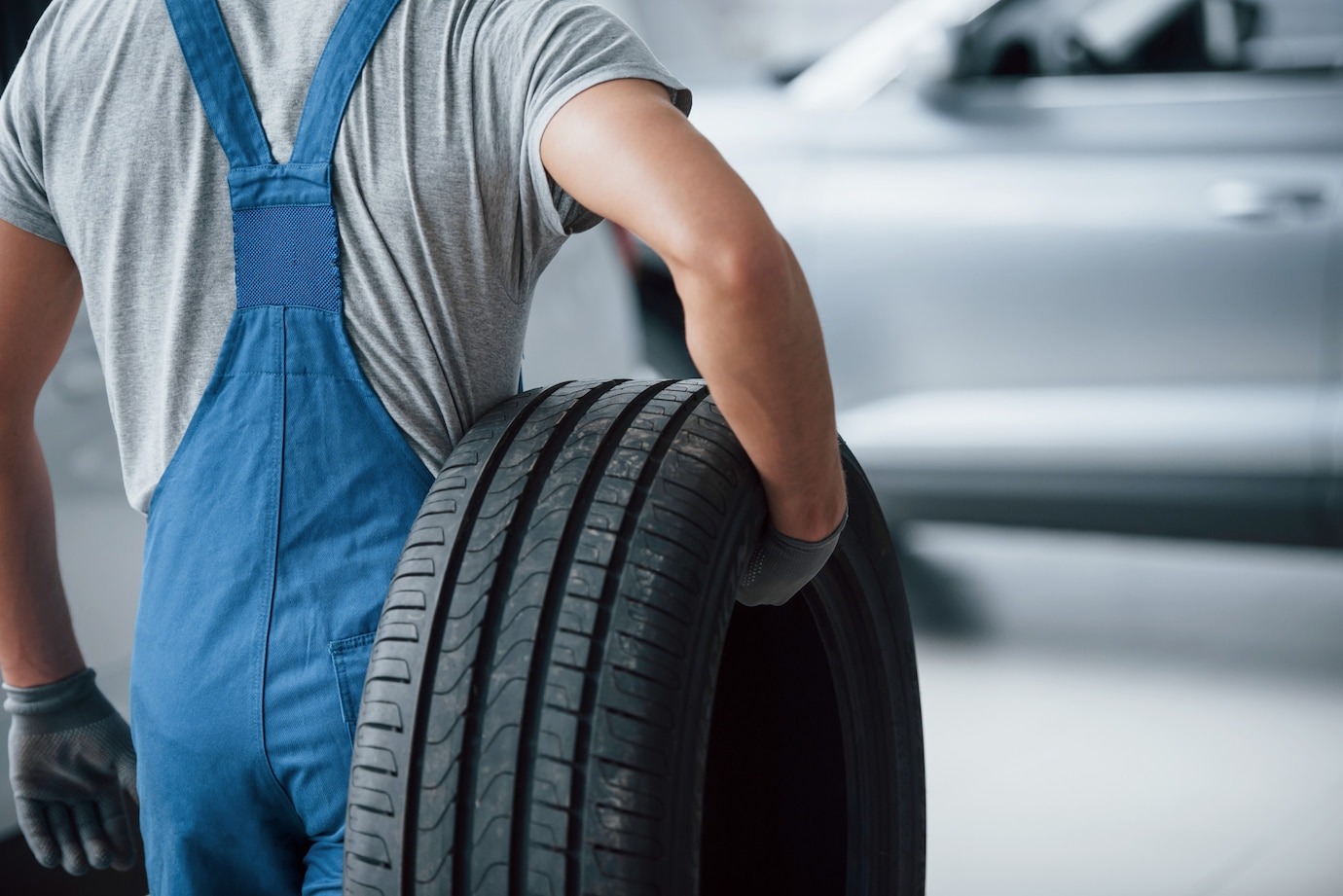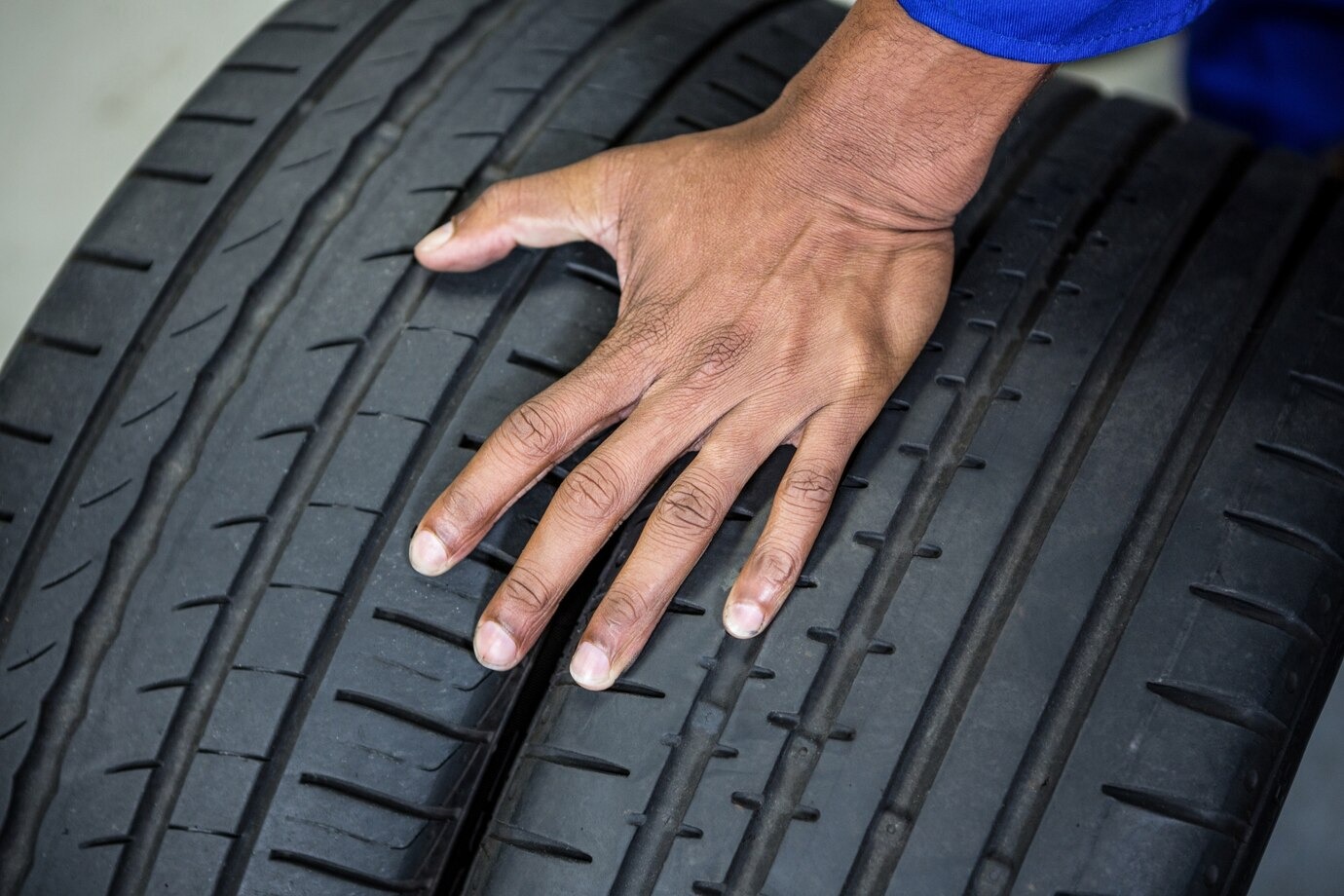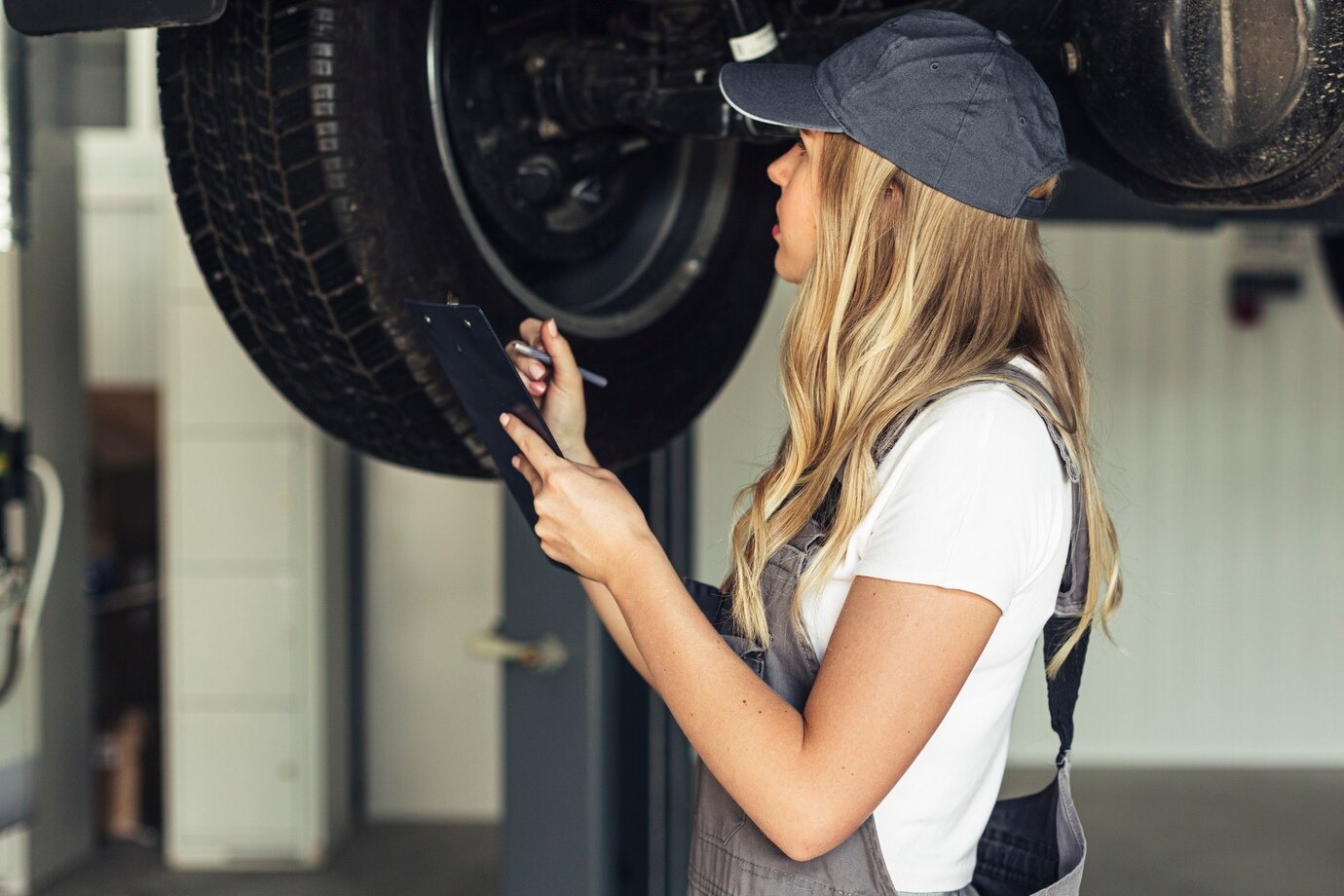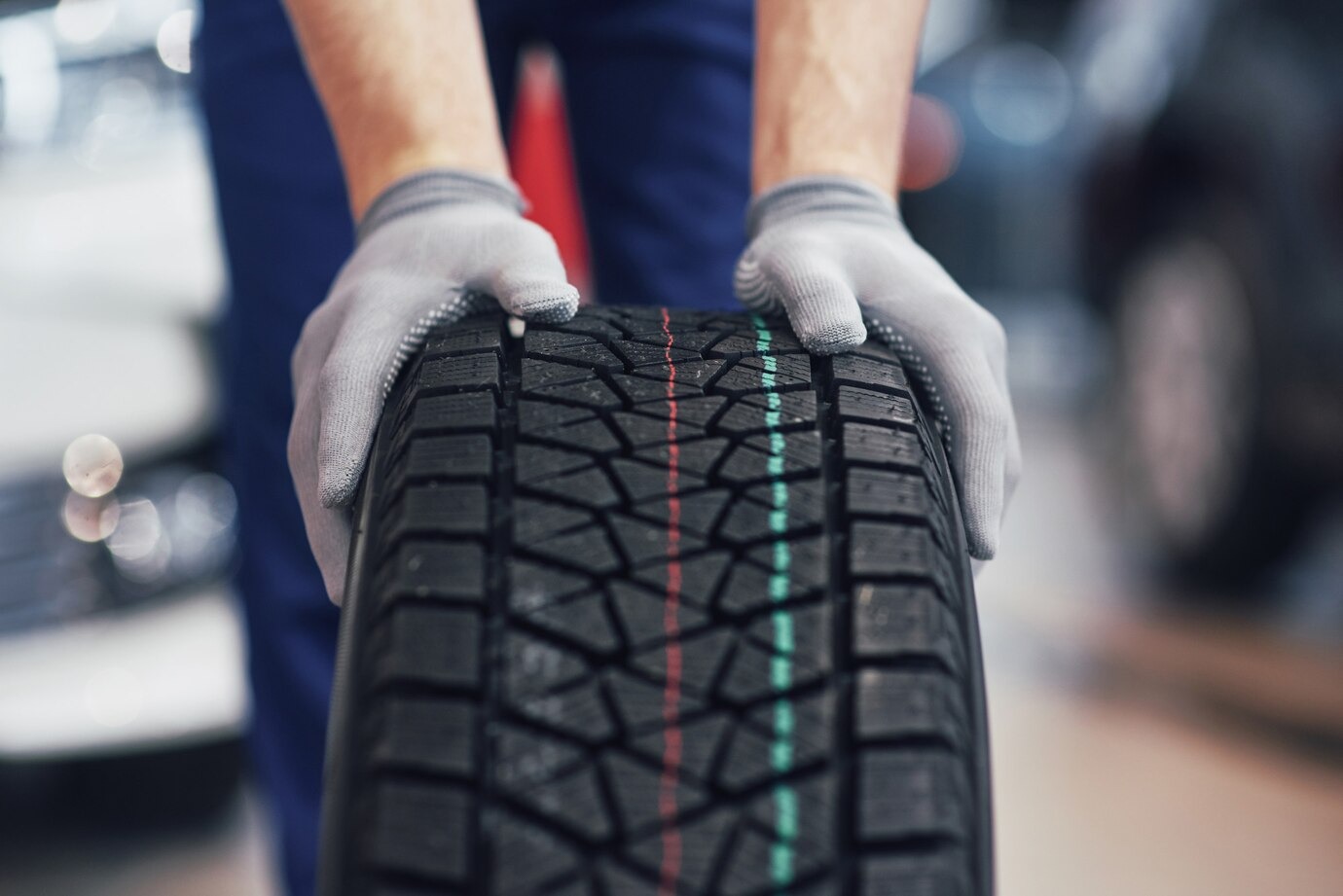
Purchasing used tires might seem like a cost-effective solution, but it can be a gamble with your safety, similar to playing Russian roulette. The allure of saving money can often overshadow the potential risks involved.
However, this can be a very good option to save money in the long term and still get high-quality tires. But it requires a proper approach. First of all, look for used tire shops that is reliable, and popular among users. You can check that by reading comments online.
In this article, we will explore the various reasons why buying used tires can be hazardous, the potential consequences, and safer alternatives.
The Risks of Buying

Hidden Damage
Used often come with hidden damages that are not visible to the naked eye. These damages can include internal structural weaknesses, previous repairs, or even small punctures that have not been properly fixed. Such issues can significantly reduce the lifespan and safety of the tire, increasing the risk of a blowout or sudden deflation while driving.
Tread Wear
The tread is crucial for maintaining traction and handling on the road. Used ones typically have uneven tread wear, which can compromise their performance, especially in adverse weather conditions. Insufficient tread depth can lead to decreased grip on wet or icy roads, increasing the chances of hydroplaning and accidents.
Age and Degradation
They degrade over time, regardless of whether they are used or not. The rubber compounds break down due to exposure to sunlight, heat, and other environmental factors. Older tires are more prone to cracking and splitting, which can lead to sudden tire failure. Buying used tires often means purchasing older tires, which inherently carry a higher risk.
Lack of Warranty and Guarantee
When buying new ones, they usually come with a warranty or guarantee that covers defects and performance issues. Used, on the other hand, rarely come with any form of warranty. This means that if a used tire fails shortly after purchase, you are left with no recourse and will need to spend additional money on replacements.
Potential Consequences

Increased Risk of Accidents
The most significant consequence of using used tires is the increased risk of accidents. Tires are the only contact point between your vehicle and the road. Compromised tires can lead to loss of control, longer braking distances, and reduced handling, all of which increase the likelihood of accidents.
Higher Long-Term Costs
While used might save you money upfront, they can end up costing you more in the long run. The reduced lifespan of used tires means you will need to replace them more frequently. Additionally, the potential for accidents and the associated repair costs can far outweigh the initial savings.
Legal and Insurance Issues
In some regions, driving with worn-out or damaged tires can result in legal penalties and fines. Moreover, in the event of an accident, insurance companies may refuse to cover damages if it is found that the tires were not roadworthy. This can leave you financially responsible for any damage or injury caused.
Identifying Quality

Check the Tread Depth
When inspecting used tires, always check the tread depth. A minimum tread depth of 2/32 inches is legally required in many places, but for optimal safety, a depth of 4/32 inches or more is recommended. Use a tread depth gauge or a simple penny test to measure this.
Look for Uniform Wear
Examine for uniform wear. Uneven tread wear can indicate alignment issues or previous damage. Those with irregular wear patterns should be avoided as they can affect the handling and safety of your vehicle.
Inspect for Visible Damage
Carefully inspect for any visible damage, such as cuts, cracks, or bulges. Even minor damage can compromise the integrity of the tire and lead to failure. Pay close attention to the sidewalls and the tread surface.
Check the Manufacturing Date
Tires have a manufacturing date stamped on the sidewall, typically in the form of a four-digit code representing the week and year of production. Avoid purchasing tires that are more than six years old, as the rubber compounds degrade over time, even if the tread appears to be in good condition.
Safer Alternatives

New Tires
The safest option is to purchase new tires. While they come at a higher cost, new tires offer peace of mind with their warranties and guaranteed performance. Investing in new tires ensures that you have the best possible traction, handling, and safety features.
Certified Pre-Owned
If you must buy used tires, consider certified pre-owned options. Some reputable dealers offer certified that have undergone thorough inspections and meet specific safety standards. These tires often come with limited warranties, providing a safer alternative to generic used tires.
Tire Leasing Programs
Another alternative is tire leasing programs. Some companies offer tire leasing options where you can lease new tires for a monthly fee. This allows you to have new tires without the full upfront cost, and the tires are replaced periodically to ensure optimal performance and safety.
Conclusion
Buying used ones can be likened to playing Russian roulette with your safety. The hidden damages, uneven tread wear, and potential age-related degradation pose significant risks.
The consequences of using used tires can be severe, ranging from increased accident risk to higher long-term costs and legal issues.
By understanding the risks and exploring safer alternatives such as new tires, certified pre-owned tires, or tire leasing programs, you can make a more informed decision that prioritizes your safety and financial well-being. Investing in quality tires is an investment in your safety and the safety of others on the road.












